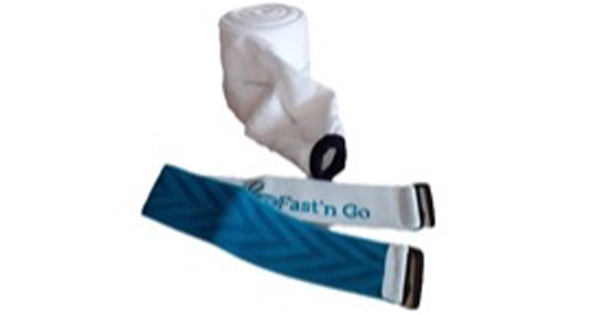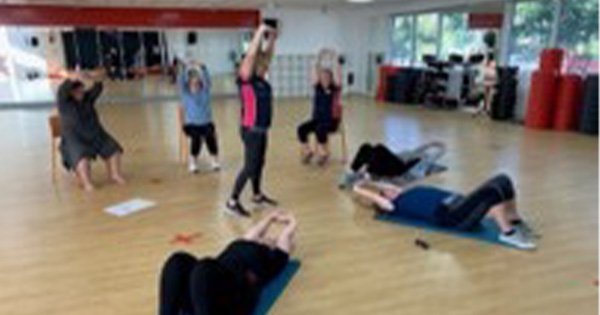Lymphoedema is a chronic inflammatory condition that affects millions of people worldwide. It is characterised by the abnormal accumulation of tissue fluid resulting in oedema, fibrosis, and fatty tissue deposition. (Bowman and Rockson, 2024).
In the Casley-Smith method of treating lymphoedema, bandaging is a core component of care (Casley-Smith and Casley-Smith 1997). Traditional bandaging can be time-consuming, labour-intensive, and requires specialised training, knowledge and skills. However, advances in technology have led to the development of innovative approaches.
Fast’n Go
The Fast’n Go hybrid bandaging system (Thonic Innovation) includes a single-layer, multi-component short-stretch bandage system. The system consists of two components, the bandaging material and a closure system with a fastening hook. The bandaging material consists of a long stretch elastic bandage inserted into an inelastic cotton bandage.
When assembled with transversal seams every 10 cm, the stretchability of the elastic bandage is mechanically limited to 30% to deliver a short-stretch effect. The system is designed to apply around 30 mmHg of pressure at rest when applied at full stretch [Figure 1].
The system was designed to overcome two problems associated with self-bandaging – difficulty with self-anchoring of bandages and fast, effective, and safe self-application.
Self-anchoring of bandages
It is problematic to have patients self-fastening bandages with traditional bandaging systems, especially for patients self-bandaging their upper limb, with just one hand to hold the bandage in place and apply tape to hold the bandage in place [Figure 2].
Fast’n Go solves this issue through a patented fastening system consisting of a single, soft material band which hooks and loops together when the material is stretched. The closure has been designed to be easy to apply and to remove. It attaches to the bandage with a hook and can be removed very easily if needed.
Fast, effective and safe self-application
Self-bandaging with traditional bandaging systems, involving two or multiple layers of products that need to be applied in the correct order and with the correct technique, has risks for patients, including skin irritation, discomfort and pain.
Rabe et al (2020) state: “Severe medical compression therapy-associated adverse events are very rarely encountered if compression is used correctly and contraindications are considered.”
Fast’n Go offers a means of providing safe and fast patient application because only one bandage needs to be applied, minimising confusion about which product should be applied first. The system includes identical sides of the bandage product removing the need for patients to be concerned with which side of the material is in contact with their skin. There is also a visual guide to assist with bandaging the product at 50% overlap, which can be seen as the blue line on the bandage in Figure 2.
Virtual training
Training for Fast’n Go is facilitated through videos hosted on YouTube (https://www.youtube.com/@fastngo7306).
This provides a convenient and accessible platform for both accredited lymphoedema practitioners and patients to learn how to effectively use the bandaging system.
Instructional videos offer step-by-step guidance on the setup, operation, application and standard application time of Fast’n Go, ensuring users have the necessary knowledge and skills to integrate the device into their treatment routines [Figure 3].
The training can be easily accessed from anywhere with an internet connection on computers and mobile devices, empowering both patients and practitioners with the flexibility to learn at their own pace and reinforcing proper techniques for optimal lymphoedema management.
Conclusion
The Fast’n Go bandaging system represents an innovative means of supporting self-patient care. Free and accessible virtual product training supports both patients and practitioners.
As technology continues to advance, innovative technologies which may improve patient care warrant further research. Digital health technologies which allow for accessible lymphoedema education, such as platforms like YouTube, also warrant further research.





